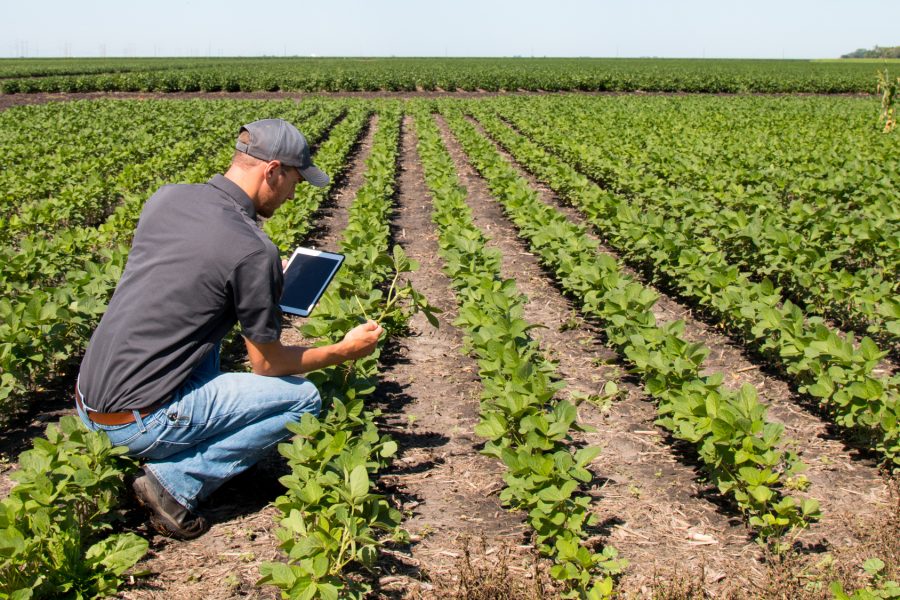Food safety represents a major new front in consumer safety and public health.
The risk of foodborne illness isn’t just for the history books, and thanks to recent cases such as those that struck national brands like Chipotle, Chi-Chi’s, Peter Pan Peanut Butter and others in the last 10 years, we are all aware of that fact now more than ever.
In fact, since The Centers for Disease Control (CDC) began tracking outbreaks of foodborne illness in the 1970s, the top 21 bacterial contaminants now cause over 3.6 million cases of foodborne illness, 35,000 hospitalizations, and 800 deaths in the U.S. each year. Of these, Salmonella, Campylobacter, E. coli, and Listeria combine for 57% of total annual cases of foodborne illness, 89% of hospitalizations, and 85% of deaths. Listeria is of particular concern, representing 4% of hospitalizations and 30% of deaths despite causing less than 0.1% of illnesses.
If these numbers seem to be growing, it isn’t an illusion, and the trend is troubling.
As the CDC and other government agencies have stepped up both the monitoring of outbreaks as well as the enforcement of food safety infractions by food service companies, foodborne illness incidents have ticked up in recent years, in large part because we are paying much closer attention to them. This effort dates back to 2011, when the Food and Drug Administration (FDA) Food Safety Modernization Act was signed into law, granting the FDA an array of new powers, including mandatory recall authority, and placing significant responsibilities on farmers and food processors to prevent foodborne illness contamination. Since 2015, the FDA has issued more than 1,000 food and beverage recalls and, of those, 89% were recalled due to bacterial contamination and 87% were vegetables. And, the average direct cost of a recall is $10 million per incident, with indirect costs totalling millions more.
The Trouble With Chipotle
One reason for this remains the series of outbreaks that rocked Chipotle in 2015, representing the worst-case scenario for business risk associated with foodborne illness.
It began in July of that year, when five customers were sickened by E.coli infection after eating at a Chipotle location in Seattle. The source of those cases has never been determined. Such outbreaks, while unfortunate and unpleasant for those involved, are generally considered to be just part of the restaurant business, a risk factor that every food service business works very hard to contain but can never be eliminated entirely. Food safety is a daily effort and is a cost of doing business.
But that outbreak was just the start of a long year for Chipotle. A month later, in August 2015, at least 98 customers and 17 employees were sickened in a norovirus outbreak at a Chipotle location in Simi Valley, California that eventually led to subpoenas and an investigation by health authorities that uncovered a series of code and food handling violations. Then, in September, some 64 people were sickened by salmonella after eating at a Chipotle in Minnesota and, in October, more than 50 were caught up in an E.coli outbreak that spanned nine different states. Finally, at least for 2015, a norovirus outbreak at a Chipotle location in Boston sickened 153 customers.
It’s been nearly two years, and the chain is still trying to regain its footing. Since its peak in early August 2015, the value of Chipotle’s stock dropped more than 45% in just 4 months, a loss of over $8 billion in market capitalization that it has never recovered.
Growing Concerns
This case, and others like it, drove the global market for food safety testing to more than $5 billion by 2015, and this market is expected to reach $8 billion by 2021. To date, the major segments for food safety testing are meat (49% of demand), dairy (13%), and produce (8%), with North America and Western Europe dominating the market for food safety testing, with 46% and 27% market share, respectively.
Food pathogen testing accounts for over 30% of this overall demand, worth $1.4 billion, with an estimated 600 million pathogen tests performed worldwide every year. Most of these tests are for Salmonella, Campylobacter, E. coli, and Listeria in an effort to prevent future foodborne illness outbreaks.
Today, this testing is offered by a range of providers including bioMérieux, ELISA systems, NeoGen, PathoGenetix, 3M Food Safety, Qiagen, Bio-Rad, Life Technologies, BioLumix, Thermo Scientific, and Vivione, with technologies that 1) generally take two to four days to issue results, depending on the assessment method used, 2) requires specialized training to administer, and 3) requires specialized, expensive equipment that may or may not be able to be used on site. This presents a problem, however, particularly in the foodservice industry where time is of the essence, cooks rarely have time to wait up to four days before serving meals to their customers, and every day counts for high value, perishable meats and vegetables. For processors, this means food loses freshness, shelf life is shortened and, most worrisome, there is considerable opportunity for contaminated food to slip through the cracks and enter the supply chain before test results are fully known.
The market has long needed, and demanded, a faster and simpler method for food safety testing that is still capable of delivering accurate results when testing for the most common foodborne pathogens.
Fast, Accurate, Simple, Portable
A company out of Columbus, Ohio called ProteoSense understands this need and has been commercializing a new solid-state biosensor technology for food safety testing that’s based on work originally done by scientists at Ohio State University and Cleveland State University.
The company’s RapidScan technology is a high-sensitivity, portable system that can detect foodborne pathogens in just minutes without incubation, reducing the overall total test time and allowing for on-the-fly testing by current personnel in the field or the factory. Currently designed to test for Salmonella, Campylobacter, E. coli, and Listeria, the RapidScan system allows growers, packers, processors, shippers, and wholesalers to test produce or meat products for pathogens multiple times throughout the supply chain – in the field, from cartons at shipping points, in packaging facilities, etc. – and get immediate results. And it’s easy to use, designed for in-field testing by non-technical employees, eliminating the need to send test samples off to a lab or wait for results.
Simply scan and go. The goal, the company says, is to accurately detect foodborne pathogens automatically, in real-time, to quickly identify hazards at the front end of the supply chain rather than forcing producers to react after a contamination has occurred in an attempt to contain the risk. This will make the whole food supply safer, more efficient and, in the end, more successful for all involved.
Founded in 2013, ProteoSense is currently engaged in product testing and validation, including a partnership with Taylor Farms, America’s largest producer of fresh-cut vegetables, and hopes to have its testing phase completed within the next 18 months.






